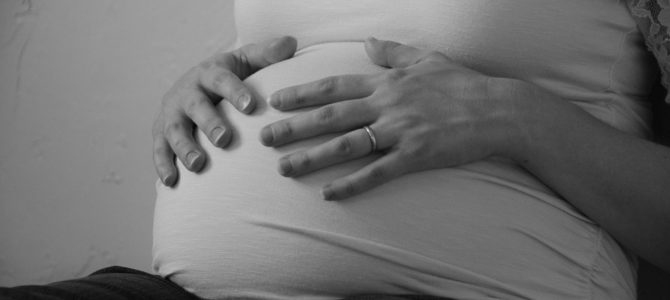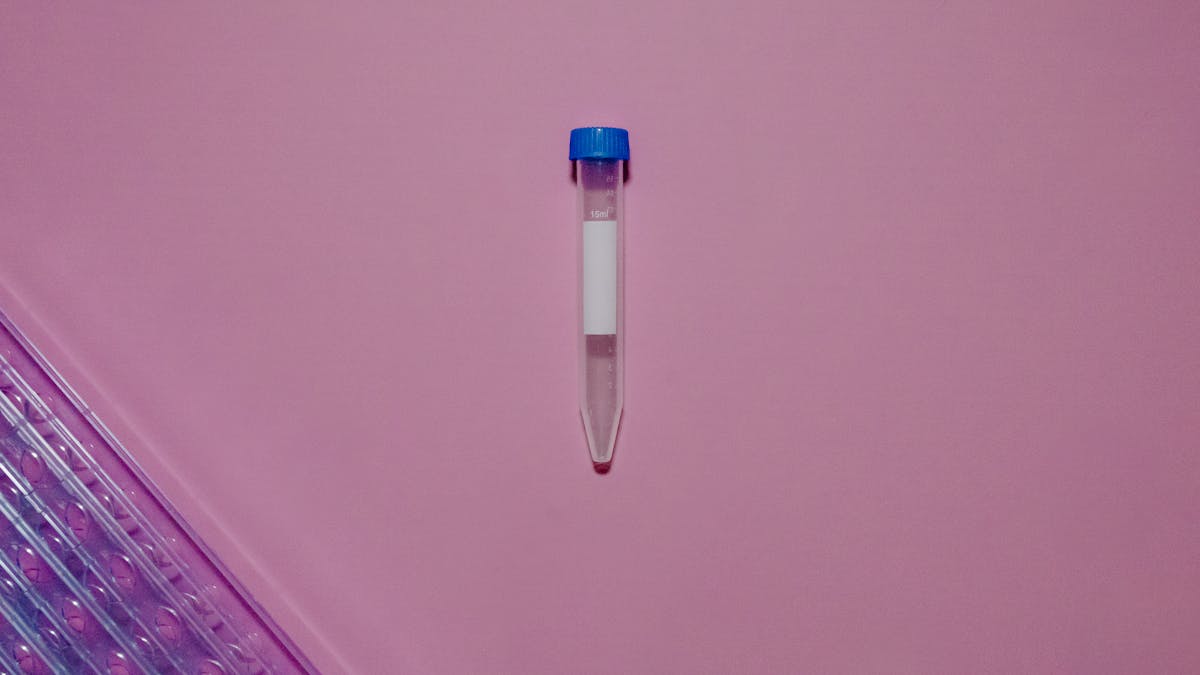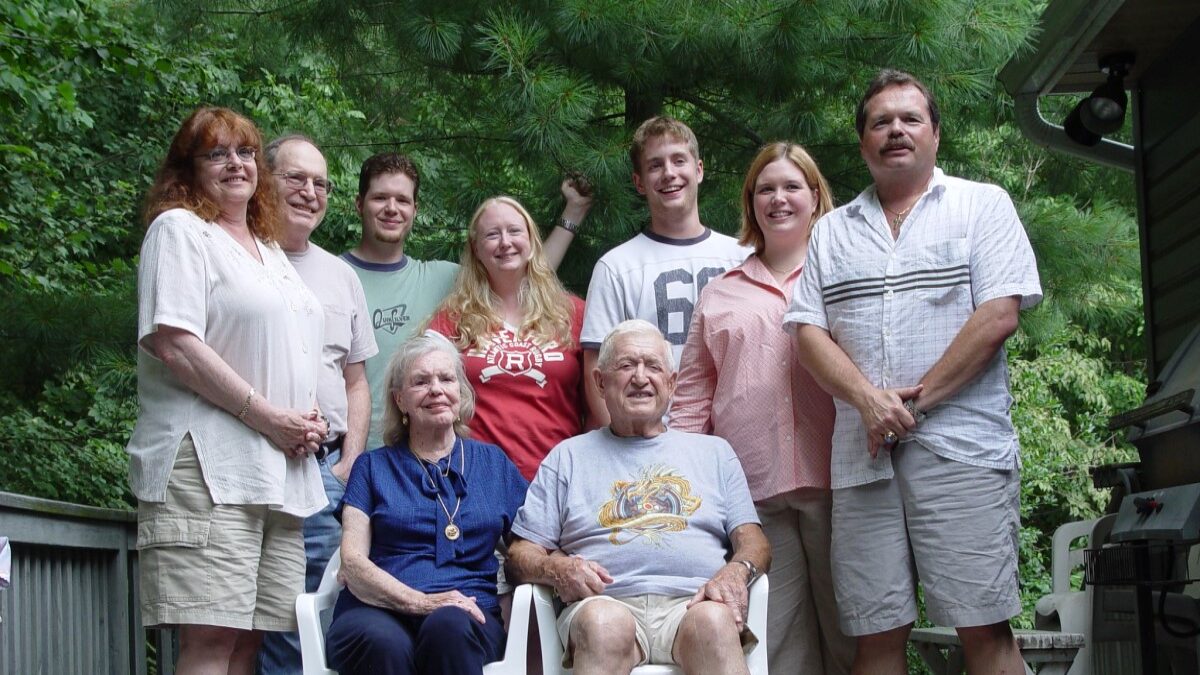
A Colorado couple recently gave birth to a baby boy who was not genetically related to either parent, and they were elated. A few months earlier, another couple gave birth to twins who were not genetically related to either parent and they suffered “permanent emotional injury” as a result.
The first child was born via “embryo adoption,” the twins due to a clinic mix-up. The little boy’s birth lead to celebration, the twins to a lawsuit. And while the twins were returned to their biological parents per the American Society of Reproductive Medicine (ASRM) guidelines, everyone accepts the embryo adoption couple as the boy’s “real parents.”
Why the disconnect? Because when babies are made in laboratories, the sole consideration is what adults want, not children’s rights or needs. So “success” is gauged by whether the adults are happy or sad, regardless of whether the children go home with their biological parents.
As the founder of a children’s rights non-profit devoted to defending children’s rights in the family, I’m often asked my opinion on embryo adoption. A response that takes into consideration the alternatives to embryo donation while honoring the rights of the child isn’t neat and clean. But with a couple hundred thousand abandoned embryos in this country, being clear-eyed about the benefits and drawbacks of embryo adoption is critical.
The Bleak Fate of Surplus Embryos
While often hailed as a miracle solution for infertile adults, in vitro fertilization (IVF) is not a child-friendly process. It routinely involves eugenics transferring embryos with certain traits, use of “donor” egg and sperm, sex-selection, the womb of a third party, and creating “surplus embryos” which often spend years in frozen storage after the successful implantation of their genetic siblings.
Parents then face the painful task of determining the fate of their remaining babies when they no longer want to pay the $500-$1,000 per year storage fee. According to the ASRM, parents with surplus embryos have three options.
- Thaw and Discard
- Donate to Research
- Embryo Donation (Anonymous or Direct)
Before we address embryo adoption, we must soberly examine the alternatives.
Thaw and Discard
It would be difficult to craft more de-humanizing language than “thaw and discard” when referring to any people group. While they may be small, genetically the only difference between those “surplus embryos” and your first grader is time.
If the intended parents do choose to “thaw and discard,” they should heed the advice outlined by Jennifer Lahl and offer these babies a dignified end. Bring them home, bury them in a family cemetery, mourn these children who are as fearfully and wonderfully made as their three-year-old sister, and then sound the alarm about the cost to children when we permit babies to be frozen in “storage.”
Donate to Research
Twice as many couples (29 percent) feel comfortable donating their surplus embryos to research than “discarding” them (13 percent). If Planned Parenthood’s lucrative baby parts business is any indication, unborn humans are a hot commodity. And not just for embryonic stem cells. We have entered a world of full-scale experimentation on preborn children.
Last year a Chinese scientist edited the genes of two babies who were born alive. No doubt hundreds of embryos which were “donated to research” were destroyed before these two survived the process.
If adults want to donate their own bodies to research, then Godspeed. Adults donating their neighbor to research? No. No one should have the power to consent to someone else’s body being used for research, and that includes the bodies of “surplus embryos.”
Embryo Donation or Adoption
Often referred to as “snowflake adoption,” many in the pro-life community view embryo adoption as a no-lose solution: infertile couple (or single person or same-sex couple) + surplus embryo = two birds with one stone.
Parents who choose embryo donation must decide between “anonymous donation” and “direct donation.” Anonymous donation is more like a “closed” adoption where the child has no contact with, and may not even know the identity of, his or her biological parents.
In traditional adoption, “closed adoption” is now a thing of the past, making up less than 5 percent of all adoptions, because social workers have observed that even if the child cannot be raised by her birth parents, she benefits from as many connections with her family of origin as possible. For similar reasons, 74 percent of donor-conceived (DC) adults reject anonymous gamete donation.
“Direct donation” is more like an open adoption, often with regular contact between the biological parents and the recipient parents. Direct embryo donation may mitigate some of the identity struggles common among adoptees and DC children.
In the rare cases where the biological parents are genuinely unable to carry their children to term due to advanced maternal age, a hysterectomy, or because the biological mother has died, direct embryo donation is the only child-honoring option. But it should not be approached casually. These adoptive parents should be prepared to acknowledge the confusion and loss their children will likely face.
Embryo adoption is both like and unlike traditional adoption and donor conception. As I have explained elsewhere, adoption honors children’s rights, while donor conception violates children’s rights. Defending a child’s right to his mother and father means opposing all third-party reproduction because it intentionally separates children from one or both biological parents. It also means supporting adoption as a means of mitigating the wound created when children lose their biological parents.
While the studies on children of embryo adoption don’t yet exist, they will share similar challenges to children of adoption and those born via sperm and egg donation.
Genealogical Bewilderment
Traditional adoptees and DC children are more likely to experience identity struggles known as genealogical bewilderment. While children in traditional homes can anchor their identity in kinship bonds and extended family, adoptees and DC people must formulate their sense of self without it.
Children raised apart from their biological parents often report feelings of alienation and “otherness,” that they just “don’t fit in.” This may contribute to an adoptees’ elevated risk of developing “externalising disorders.”
Adoptees and DC children describe feeling “empty” and like there’s a void that they are trying to fill, sometimes with food or sex or self-medication. Unable to identify from where they received their distinctive features, some have described difficulty looking at their own reflection. Children born of embryo donation will likely experience similar genealogical bewilderment, especially in anonymous arrangements.
Adult-Centric Placement
In traditional adoption, ideally, every child will be placed with loving parents, but not every adult who wants a child will get one. For rates of abuse and neglect in the home, biology matters. That’s why adoption professionals have developed extensive vetting for biological strangers seeking to adopt a child.
Embryo adoption is unlike traditional adoption in that while the Food and Drug Administration requires that recipient parents undergo a psychological evaluation, they are not required to complete home studies, background checks, references, or post-placement supervision. While some embryo adoption agencies require adoption-like screening, agencies that don’t subject children to increased risk.
Parents Who Support
In traditional adoption, the adoptive parents did not choose for the child to need adoption. They are simply responding to a tragic situation. Embryo adoption is the same.
As Melissa Moschella notes, “In embryo adoption (and adoption more generally), a child already exists who has been abandoned by biological parents. This is a bad thing. But the adoptive parents did not want or create this situation. Rather, they are responding to an existing child’s need for love and care, stepping in because the biological parents can’t or won’t fulfill their responsibility.”
This distinction likely explains why adopted children have better psychological outcomes than sperm donor-conceived children. When adopted children express their sadness or confusion with their parents, they are not talking to the adult who created it, but the adults who are seeking to remedy it. Parents of embryo adoption are similarly positioned to help their child process their loss.
No ‘Primal Wound’
Children of embryo donation have one significant advantage over traditional adoptees. They can maintain the relationship with their birth mother, thus continuing the critical attachment and bonding process that begins at conception.
In both surrogacy and traditional adoption, children lose a relationship with the only parent they know—their birth mother—on their birthday. This traumatic separation results in what adoptees have long referred to as a “primal wound.”
Will retaining the relationship with one’s birth mother diminish the many social and emotional challenges faced by other adopted children? We won’t know for decades.
How Will the Embryo-Donated Child Fare?
Whether anonymous or direct, some of these embryo-donated children will thrive, just as some traditional adoptees and DC children do. They will bond with their adoptive parents, unphased by the lack of genetic connection, and be grateful that they were rescued from an orphanage or foster care system or a storage freezer.
But if my work in adoption, and my growing story bank of children who have lost their mother or father has taught me anything, it’s this; broken parental bonds rarely have a neat and tidy ending. Especially if children are told that they should be “grateful” because their only alternative was to be aborted, live in an orphanage, “thawed and discarded,” or “donated to research.”
Because the practice of embryo donation is so new, most embryo adoptees are not yet old enough to speak for themselves. So I’ve asked several donor-conceived adults (only separated from one genetic parent) to speculate on what challenges donor-embryos (separated from both genetic parents) may experience.
“In the cases where the embryo adoption took place in order to mitigate the expenses of IVF procedures, I would not be surprised if the child(ren) feel commodified as they reach the age to understand. I also feel it may be hard to understand why some of the biological children were kept, while others adopted out,” says Jessica Kern.
“I think the parents who choose embryo adoption are typically very proud of their decision and consider it very ethical because they’re saving a human being from imminent demise… which might very well inhibit conversation surrounding any of the difficulties. The child could easily feel like they’re not allowed to bring up their pains and sorrows regarding their conception,” says Alana Newman.
“These are children growing up with no tie to their genetic relatives, and are supposed to just sit down and be ok with it because “someone” wanted them. Along with that statement, they have to stomach the notion that someone else, their real parents, didn’t want them,” says Gregory Loy.
“As a donor-conceived person, I have trouble coping with my bio dad giving me away, because that feels like abandonment to me (though I completely understand why it felt like a gift to my parents), and have even more trouble reconciling that he thought it was a kind thing to give me away. It’s troubling to me to picture myself lying awake at night trying to come to terms with having a full biological sibling being raised by my biological parents and me being raised by someone else (even if they’re great parents.) For me, that loss would be tremendous. I’m sure I could cope and survive, but it would be a weight to carry for life,” says Ellie.
There is another major concern in promoting embryo donation as a solution for these souls on ice: it does little to discourage the creation of surplus embryos. One donor-conceived man remarked, “The most heinous issue with embryo-donation is that it encourages fertility establishments to haphazardly create more embryos during fertility treatments where they wouldn’t otherwise have been so flippant.”
The ultimate solution to the problem is not “embryo adoption.” The solution is never creating surplus embryos to begin with. No human being should be in storage.
What Should Happen to Surplus Embryos?
The only option that honors the rights of frozen children is not listed on the ASRM website. These babies are not commodities to be swapped and traded, thawed and discarded, used for research, or donated to another family.
They are the very real children of the mother and father who created them. They have the right to be implanted into their mother’s womb and allowed to grow or terminate naturally like every other human prior to these “advances” in medical technology.
Yes, that means some parents will have more children than they originally wanted. Yes, that means adults spending more than they planned to spend. But that’s what responsible parenthood demands.
Even in the non-IVF world, sometimes you don’t get to plan your family. Sometimes your family plans you. When people make babies the old-fashioned way and abandon them, we rightly call them deadbeat parents. Only in donor-conception do we permit and celebrate parents discarding or donating their parental duties.
A just society requires that we bear and raise the children we make, no matter how they came to be.









